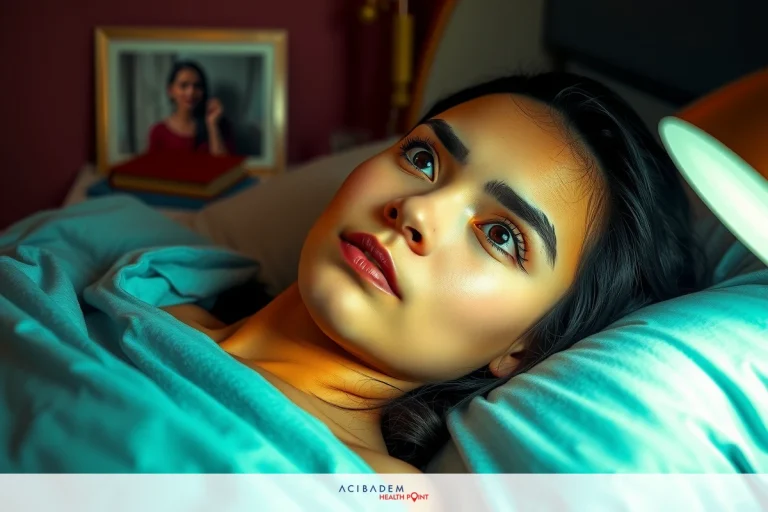Does Rhinoplasty Cast Removal Hurt?
Does Rhinoplasty Cast Removal Hurt? Rhinoplasty is a common cosmetic procedure performed to alter the shape or improve the function of the nose. After undergoing this surgery, it’s typical for patients to wear a nasal cast or splint. This essential tool aids in the healing process, protects the nose from accidental bumps, and helps maintain its new shape.
One common question among patients scheduled for rhinoplasty is about the removal of this cast. Most are curious about whether the process will be painful or cause discomfort. This concern is completely understandable and normal. Rest assured, this article will provide clear and concise information about what one can expect during rhinoplasty cast removal.
What Does Rhinoplasty Involve?
Rhinoplasty is a surgical procedure often referred to as ‘nose reshaping’ or ‘nose job’. It’s one of the most commonly performed cosmetic procedures worldwide. The primary goal of rhinoplasty can be either functional, cosmetic, or both. Functional rhinoplasty aims to correct structural issues that impede normal breathing, such as a deviated septum. Cosmetic rhinoplasty, on the other hand, focuses on enhancing the nose’s aesthetic appearance to achieve facial harmony.
The technical aspects of rhinoplasty involve precise alterations to the bone, cartilage, and soft tissues of the nose. This process requires a high degree of surgical skill and artistic vision. Depending on the patient’s desired outcome and individual nasal anatomy, these alterations can range from minor adjustments to significant reshaping. Despite its complexity, when performed by a qualified surgeon, rhinoplasty can yield life-changing results — improving both physical function and self-confidence.
While the prospect of undergoing surgery may cause discomfort or apprehension for some patients, it’s important to remember that pain management is a key aspect of the recovery process. After surgery, patients are typically outfitted with a nasal cast or splint. The purpose of this cast is not only to protect the newly shaped nose but also to minimize discomfort during the initial recovery phase. Many patients express concern about potential pain during cast removal; however, in most cases, this process causes little more than slight discomfort.
The Purpose of a Cast in Rhinoplasty
The use of a nasal cast or splint following rhinoplasty is a standard part of the recovery process. This protective device, usually made from lightweight plastic materials, is applied to the exterior of the nose after the surgery. Its main function is to safeguard the newly reshaped nose from any accidental bumps or trauma that could potentially cause damage. It also provides necessary support to the healing tissues and helps maintain the new shape of the nose as it heals.
The cast plays an integral role in the overall success of the rhinoplasty procedure. It helps control swelling and bruising, which are common postoperative symptoms. By keeping the tissues in place, the nasal cast contributes significantly to achieving the desired aesthetic outcome. Moreover, it aids in reducing discomfort during the initial stages of recovery. While wearing a nasal cast might seem like an inconvenience, it serves a crucial purpose for ensuring optimal healing and results.
The duration for which a patient needs to wear a nasal cast can vary based on individual healing rates and the complexity of their surgery. Generally, most surgeons recommend keeping it on for about one to two weeks post-surgery. The removal of this cast is another step forward in the healing journey. Many patients may worry about pain during this removal process; however, rest assured that this step is typically associated with minimal discomfort rather than significant pain.
What to Expect During Rhinoplasty Cast Removal

The removal of the nasal cast is a significant milestone in the rhinoplasty recovery journey. It not only signifies that the initial healing phase has been successful, but it also allows patients to see the preliminary results of their surgery for the first time. However, it’s not uncommon for patients to feel anxious about this step, often wondering about the level of discomfort or pain involved.
Contrary to some beliefs, cast removal after rhinoplasty is typically a quick and straightforward process. The surgeon carefully loosens the adhesive securing the cast, then gently lifts it away from the nose. While some patients may experience a slight pulling sensation or minor discomfort, it’s generally not described as painful. That being said, individual experiences can vary, and factors such as personal pain tolerance and the extent of the surgery performed can influence how one perceives this part of the recovery process.
Post-cast removal, patients should expect some degree of swelling and possible changes in skin color on their nose. This is perfectly normal and part of the body’s natural healing response. Over time, these symptoms will gradually subside, revealing the final shape of your new nose. It’s important to remember that patience is key during this period. The ultimate results of your rhinoplasty will become more apparent as your body continues to heal and recover in the weeks following cast removal.
Frequently Asked Questions
Is rhinoplasty a painful procedure?
It is normal to experience some discomfort and pain after rhinoplasty, especially during the first few days following surgery. However, your surgeon will prescribe appropriate pain medications to manage any discomfort, making the recovery process more manageable.
Will removing the nasal cast after rhinoplasty be painful?
The removal of the nasal cast is usually not painful. While you may feel slight pulling or pressure sensations, it is generally well-tolerated and discomfort is minimal. If you have any concerns about the cast removal, it's important to discuss them with your surgeon beforehand.
How long will it take for the swelling to go down after cast removal?
Swelling after cast removal is a common occurrence. It can take several weeks for the majority of swelling to subside, but it's important to note that residual swelling may persist for several months. Following your surgeon's post-operative care instructions and adopting healthy lifestyle habits can help minimize swelling and promote faster healing.
When will I be able to see the final results of my rhinoplasty?
It's important to have realistic expectations when it comes to seeing the final results of your rhinoplasty. While some improvements will be immediately visible after cast removal, your nose will continue to refine and settle over time. Final results can typically be seen within 6-12 months, once all swelling has subsided and tissues have fully healed.
How can I manage discomfort during my rhinoplasty recovery?
To manage discomfort during your rhinoplasty recovery, follow your surgeon's instructions closely. This may include taking prescribed pain medication as directed, applying cold compresses to reduce swelling, keeping your head elevated while resting, and avoiding strenuous activities that could impact healing. If you experience persistent or excessive pain, it's essential to contact your surgeon for further guidance.











